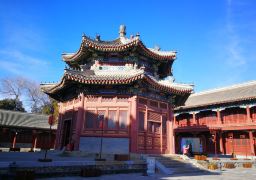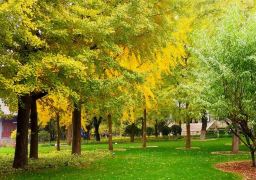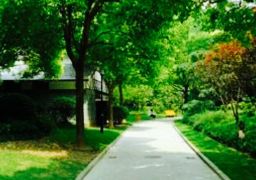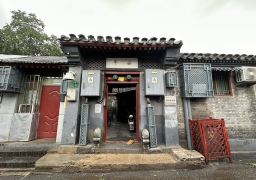Ming Yuzhen, originally named Min Yuzhen, was a native of Suizhou City, Hubei Province. He later changed his surname to ‘Ming’ due to his adherence to the teachings of the Ming religion. In July 1361, Ming Yuzhen proclaimed himself the King of Longshu in Chongqing. In 1363, he declared himself emperor in Chongqing, establishing the Great Xia Dynasty with the era name ‘Tian Tong’ and making Chongqing the capital. He passed away in 1366 due to illness and was buried in Jiangbei City, with his tomb known as ‘Rui Ling’. In 1982, the Rui Ling was discovered during the construction of a Chongqing textile factory on Jiangbei Shangheng Street, and it was reconstructed on the original site, making it one of the existing imperial tombs in Chongqing.
The Ming Yuzhen Emperor’s Mausoleum Exhibition Hall covers an area of over 300 square meters and is divided into a preface hall, a territory hall, a tomb hall, and a descendant hall. The tomb hall specifically displays the unearthed Xuan Gong Zhi Bei, gold and silver ingots, official seals, along with precious photos of the experts who excavated the tomb. In the territory hall, a rectangular sand table of about 40 square meters occupies the center, representing the territorial map of the Great Xia established by Ming Yuzhen hundreds of years ago. The territory of the Great Xia included present-day Chongqing, eastern and northern Sichuan, southern Shaanxi, western Hubei, and northern Guizhou. In the tomb hall, the unearthed coffin of Ming Yuzhen lies in the center, allowing visitors to not only overlook the entirety of the Ming Yuzhen Emperor’s Mausoleum from above but also to descend the stairs for an up-close visit. The exhibition hall is open all year round from 9:00 to 17:30.Ming Yuzhen Emperor’s Mausoleum Exhibition Hall
Ming Yuzhen, originally named Min Yuzhen, was a native of Suizhou City, Hubei Province. He later cha[...]









